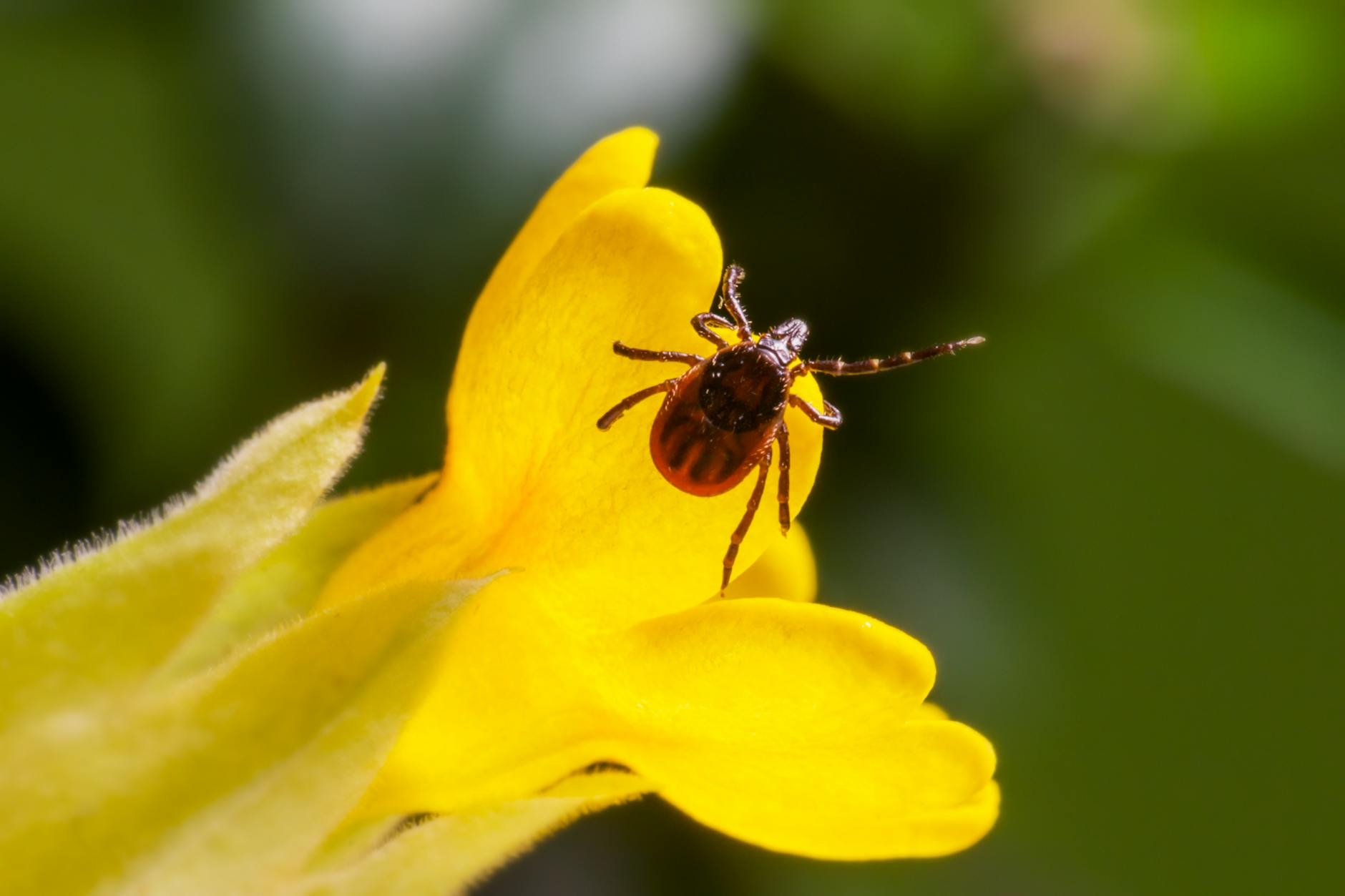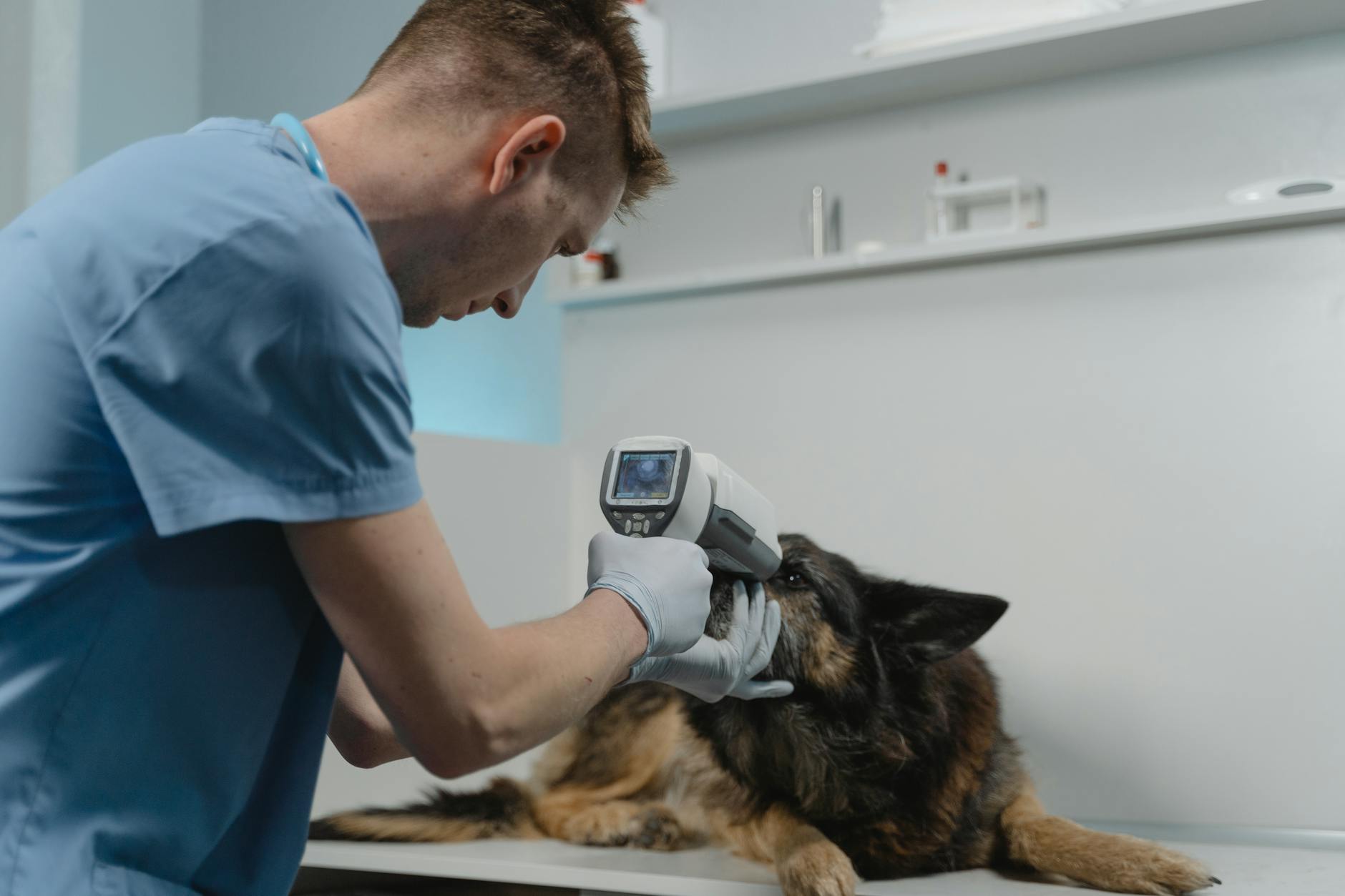The Best Flea and Tick Solutions

Are you tired of watching your furry friend scratch incessantly? 🐾 Fleas and ticks aren’t just annoying—they’re a serious threat to your pet’s health and comfort. These tiny terrors can cause everything from skin irritation to life-threatening diseases, leaving pet owners feeling helpless and frustrated.
But don’t despair! The world of flea and tick prevention has come a long way, offering a plethora of solutions to keep your four-legged companions safe and itch-free. From cutting-edge topical treatments to natural remedies and environmental controls, there’s a perfect solution waiting for you and your pet.
In this comprehensive guide, we’ll dive into the best flea and tick solutions available today. We’ll explore the risks these pests pose, uncover the most effective treatments, and help you navigate the choices to find the ideal protection for your beloved pet. Get ready to say goodbye to those pesky parasites and hello to a happier, healthier furry family member!
Understanding Flea and Tick Risks

Health hazards for pets
Fleas and ticks pose significant health risks to our beloved pets. These parasites can cause a range of issues, from mild irritation to severe diseases. Some of the most common health hazards include:
- Anemia: Severe flea infestations can lead to blood loss and anemia, especially in smaller animals or puppies.
- Allergic reactions: Many pets are allergic to flea saliva, causing intense itching and skin inflammation.
- Lyme disease: Transmitted by ticks, this bacterial infection can cause joint pain, fever, and lethargy in dogs.
- Bartonellosis: Also known as “cat scratch fever,” this bacterial infection can be transmitted by fleas.
Potential dangers for humans
While fleas and ticks primarily target our pets, they can also pose risks to human health:
- Lyme disease: Humans can contract this disease from tick bites, leading to symptoms like rash, fever, and joint pain.
- Rocky Mountain spotted fever: Another tick-borne illness that can cause severe symptoms in humans.
- Flea-borne typhus: Transmitted by fleas, this bacterial infection can cause fever, headache, and rash.
Common infestation areas
Understanding where fleas and ticks thrive is crucial for prevention:
- Tall grass and wooded areas: Ticks often wait on tall grass blades or low shrubs for hosts to pass by.
- Warm, humid environments: Fleas thrive in these conditions, both indoors and outdoors.
- Pet bedding and carpets: These areas can harbor flea eggs and larvae, perpetuating the infestation cycle.
- Cracks and crevices: Fleas can hide in small spaces around your home, making thorough cleaning essential.
Now that we’ve covered the risks associated with fleas and ticks, let’s explore some effective topical treatments to combat these pests.
Effective Topical Treatments

Spot-on medications
Spot-on medications are a popular and highly effective topical treatment for flea and tick control. These easy-to-apply solutions are typically administered once a month directly to your pet’s skin, usually between the shoulder blades. They work by spreading across the animal’s body through natural oils, providing full-body protection.
Key benefits of spot-on medications include:
- Long-lasting protection (usually 30 days)
- Easy application process
- Waterproof formulations available
- Effective against multiple parasites (fleas, ticks, and sometimes mosquitoes)
Flea and tick collars
Flea and tick collars offer a convenient, hands-off approach to pest control. These collars release active ingredients that spread across your pet’s skin and coat, repelling and killing fleas and ticks on contact. Modern collars can provide protection for up to 8 months, making them a low-maintenance option for busy pet owners.
Sprays and powders
For pet owners seeking more immediate results or targeted treatment, sprays and powders can be effective options. These products are applied directly to your pet’s fur and skin, offering quick-acting protection against fleas and ticks. While they may require more frequent application than other methods, they can be particularly useful for spot treatments or in combination with other preventive measures.
Comparing effectiveness and convenience
When choosing between topical treatments, consider factors such as:
- Duration of protection
- Ease of application
- Your pet’s lifestyle and environment
- Potential side effects
Each method has its strengths, and the best choice often depends on your specific needs and preferences. For example, spot-on medications offer long-lasting protection with minimal effort, while sprays provide immediate relief but may need more frequent application. Consider consulting with your veterinarian to determine the most suitable option for your pet.
Natural and Chemical-free Solutions

Essential oil-based products
Essential oils have gained popularity as natural flea and tick repellents. Some effective options include:
- Cedarwood oil
- Lemongrass oil
- Eucalyptus oil
- Lavender oil
These oils can be diluted and applied to your pet’s collar or used in sprays. However, always consult with your veterinarian before using essential oils, as some can be harmful to pets if not used properly.
Diatomaceous earth
Diatomaceous earth is a fine powder made from fossilized algae. It works by:
- Dehydrating fleas and ticks
- Damaging their exoskeletons
- Providing a barrier on your pet’s coat
Sprinkle food-grade diatomaceous earth on your pet’s bedding or directly on their fur, avoiding the face and eyes.
Neem oil treatments
Neem oil, derived from the neem tree, is a potent natural insecticide. It can be:
- Added to shampoos
- Mixed into sprays
- Applied as a spot-on treatment
Neem oil not only repels fleas and ticks but also soothes skin irritations caused by bites.
Amber resin necklaces
Amber resin necklaces are believed to repel fleas and ticks through the release of trace amounts of oil when warmed by body heat. While scientific evidence is limited, many pet owners report success with this method.
Effectiveness vs. chemical alternatives
Natural solutions can be effective for mild to moderate infestations. However, severe cases may require stronger chemical treatments. Always monitor your pet’s condition and consult with a veterinarian if natural methods aren’t providing adequate protection.
Now that we’ve explored natural and chemical-free solutions, let’s look at environmental control methods to further protect your pet from fleas and ticks.
Environmental Control Methods

Regular vacuuming and cleaning
Maintaining a clean living environment is crucial in the battle against fleas and ticks. Regular vacuuming is your first line of defense, especially in areas where your pets spend most of their time. Here’s why it’s so effective:
- Removes flea eggs and larvae before they hatch
- Eliminates adult fleas and ticks that may have fallen off your pet
- Stimulates fleas to emerge from their cocoons, making them easier to eliminate
For best results, vacuum at least twice a week, focusing on:
- Carpets and rugs
- Upholstered furniture
- Baseboards and corners
- Pet bedding areas
Don’t forget to dispose of the vacuum bag or contents immediately in a sealed plastic bag to prevent reinfestation.
Treating outdoor spaces
Fleas and ticks often enter our homes from the outside, making outdoor treatment essential. Focus on shaded, moist areas where these pests thrive:
- Use pet-safe insecticides or natural alternatives like diatomaceous earth
- Keep lawns mowed short to reduce tick habitats
- Remove leaf litter and debris where pests can hide
- Consider creating a barrier of wood chips or gravel around your yard’s perimeter
Professional pest control services
For severe infestations or ongoing prevention, professional pest control services can be invaluable. These experts have access to more potent treatments and can develop a comprehensive plan tailored to your specific situation. When choosing a service, look for companies that:
- Use pet-friendly products
- Offer integrated pest management approaches
- Provide follow-up treatments and guarantees
Maintenance for long-term prevention
Long-term flea and tick control requires consistent effort. Implement these strategies to maintain a pest-free environment:
- Regularly wash pet bedding in hot water
- Use flea combs on your pets weekly to detect early infestations
- Continue periodic treatments even when pests aren’t visible
- Monitor your pets and home for signs of reinfestation
By combining these environmental control methods with appropriate pet treatments, you’ll create a formidable defense against fleas and ticks. Next, we’ll explore how to choose the right solution for your specific pet and situation.
Choosing the Right Solution for Your Pet

Considering pet species and size
When selecting a flea and tick solution, it’s crucial to consider your pet’s species and size. Different products are formulated specifically for dogs or cats, and using the wrong type can be harmful. Additionally, dosage often depends on your pet’s weight, so accurate sizing is essential.
- For dogs: Options include topical treatments, collars, and oral medications
- For cats: Typically limited to topical treatments and certain collars
- Small pets: Require lower doses and may need gentler formulations
- Large pets: May need stronger, longer-lasting treatments
Addressing specific health concerns
Some pets may have health issues that limit their treatment options. Consider:
- Allergies or sensitivities to certain ingredients
- Pre-existing medical conditions that may interact with treatments
- Age-related concerns (puppies, kittens, or senior pets)
Balancing effectiveness and budget
While cost is a factor, it shouldn’t be the only consideration. Compare:
- Initial cost vs. long-term effectiveness
- Frequency of application required
- Coverage against multiple parasites (fleas, ticks, heartworm, etc.)
Consulting with a veterinarian
Your vet is the best resource for tailored advice. They can:
- Recommend products based on your pet’s specific needs
- Discuss potential side effects and interactions
- Provide guidance on proper application and monitoring
By carefully considering these factors, you can choose a flea and tick solution that’s safe, effective, and suitable for your pet’s unique circumstances.

Protecting your pet from fleas and ticks is crucial for their health and well-being. From topical treatments to natural solutions and environmental control methods, there are numerous effective options available. The key is to choose a solution that best suits your pet’s needs, lifestyle, and any specific health concerns.
Remember, consistency is key in flea and tick prevention. Regularly apply treatments, maintain a clean environment, and stay vigilant in checking your pet for any signs of infestation. By taking proactive steps and selecting the right flea and tick solution, you can ensure your furry friend remains happy, healthy, and pest-free all year round.
Like Our Blog? Check out our website doggy-detail.com
Visit us on Facebook: facebook.com/doggydetailbarrington/
Our services: Dog Waste Removal, Pet sitting, Dog Walking & Visit N’ Play!
